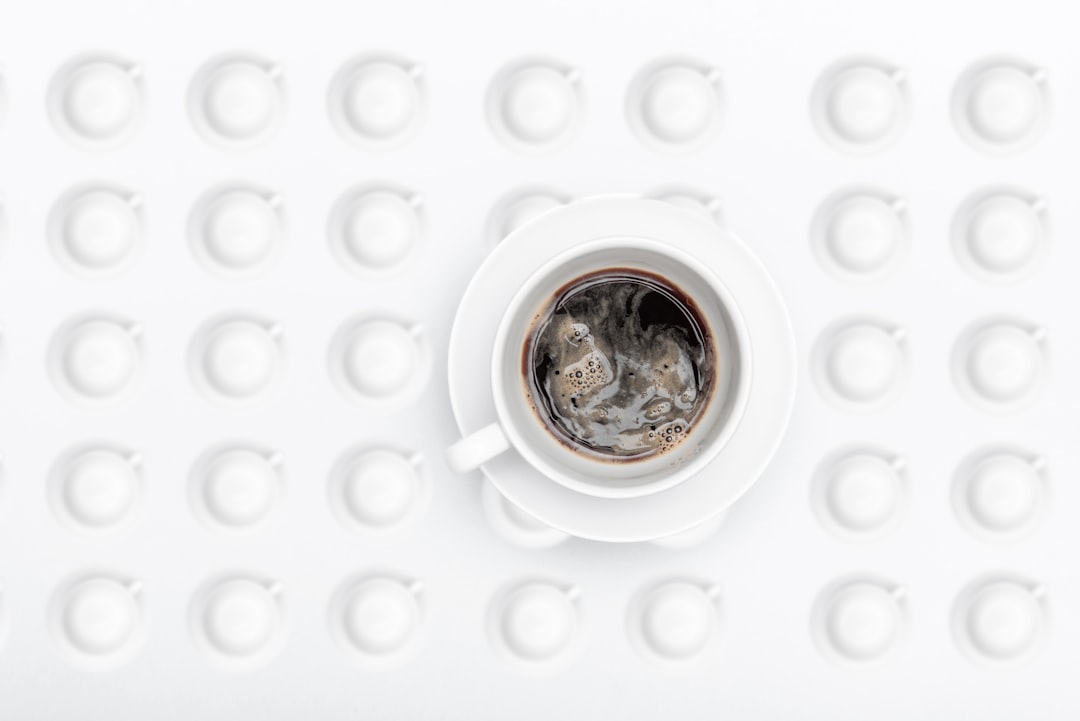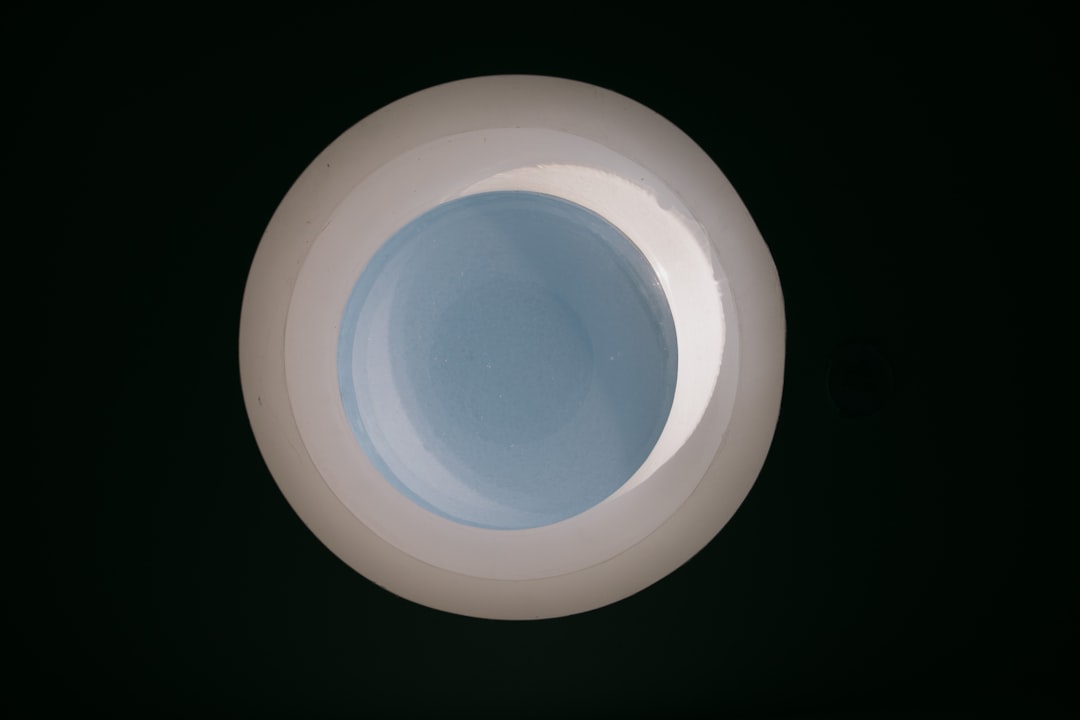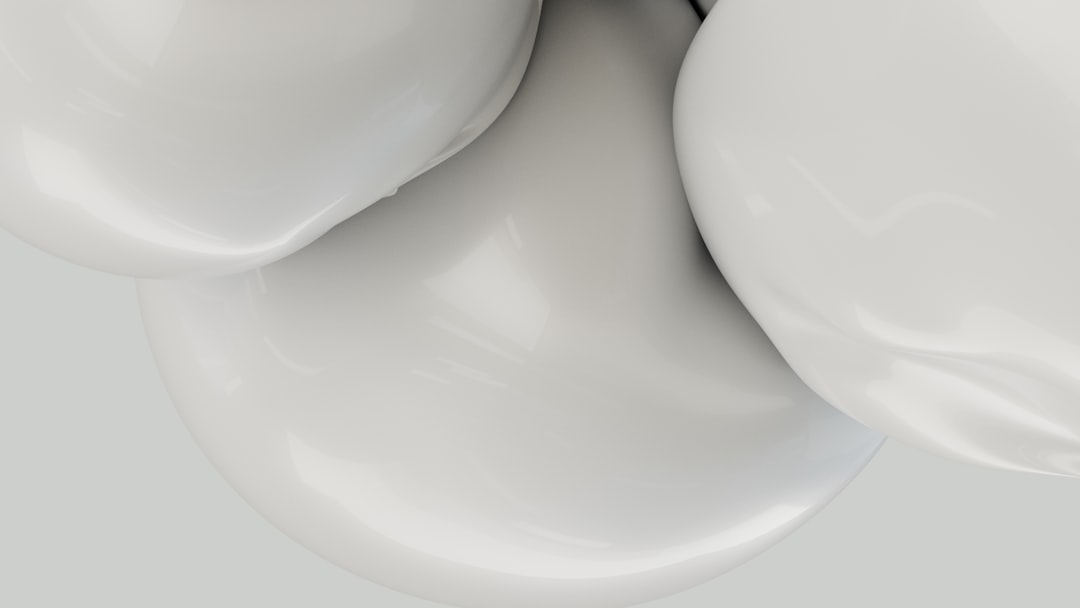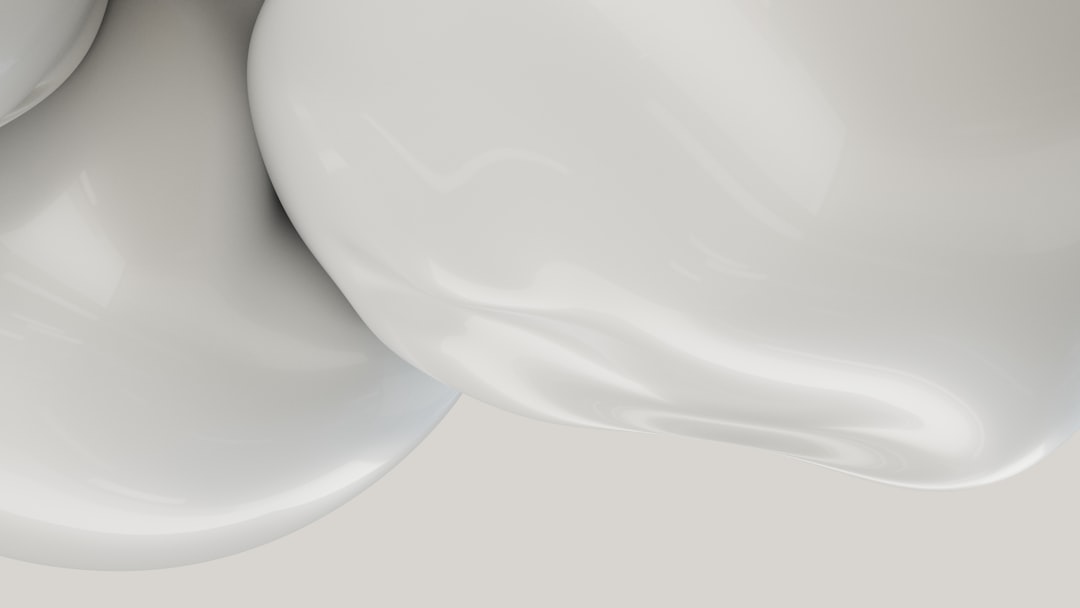

Engage prospects with a scan and streamline customer engagement with FREE QR code marketing tools by Sona – no strings attached!
Create a Free QR CodeFree consultation

No commitment

Engage prospects with a scan and streamline customer engagement with FREE QR code marketing tools by Sona – no strings attached!
Create a Free QR CodeFree consultation

No commitment
QR codes have evolved from novelty features into powerful tools for bridging offline engagement with online action. For porcelain enamel repair services, they create a frictionless way to boost lead generation, streamline service requests, and provide instant access to the resources customers need. Whether the audience is a homeowner searching for cracked sink restoration or a facility manager evaluating large-scale refinishing, QR codes shorten the path from interest to action and give you the data needed to follow up.
Traditional workflows rely on static materials like brochures, yard signs, and business cards that rarely convert or are difficult to measure. Prospects who see a service vehicle on the road, a job site placard, or a direct mail flyer often do not take the next step because there is no easy path. QR codes change that dynamic. With a single scan, people can upload damage photos, request a quote, book an appointment, learn about aftercare, or leave a review. Every interaction becomes trackable, resulting in fewer missed leads and more informed decisions.
By adding QR codes to job site signage, service vehicles, invoices, and product packaging, porcelain enamel repair providers can identify which touchpoints truly drive business growth. This guide explains how to deploy QR codes strategically across your operation to connect offline and online experiences, unlock real-time growth opportunities, and surface actionable data that proves marketing ROI.

QR codes bridge the gap between physical touchpoints and digital outcomes, making it easier to capture and convert leads for porcelain enamel repair services. When someone notices a chipped tub or a scratched appliance enamel, their intent is high and fleeting. A visible, benefit-focused QR code lets them act while motivation is strong, which prevents drop-off and accelerates conversions.
Many shops and field teams still rely on analog processes that create friction. Paper estimate forms are slow and prone to errors, brochures end up in drawers, and inquiries sent to a generic email inbox are hard to track. QR codes streamline these steps by guiding people to mobile-optimized forms and scheduling flows, then pushing data automatically into your CRM via Integrate Sona with HubSpot CRM. The result is a faster, clearer path from awareness to appointment.
To use QR codes effectively:
With Sona QR, you can automate code creation, centralize management, and push scan data into systems like HubSpot or Salesforce. This reduces missed opportunities and closes the loop between customer intent and revenue. Replace old workflows like paper estimates and untracked email inquiries with automated routing, instant confirmations, and timely reminders that keep prospects engaged. Start creating QR codes for free.

Porcelain enamel repair providers frequently invest in physical marketing, yet those materials rarely translate cleanly into measurable digital engagement. A homeowner might pocket a flyer after a community event or take a photo of a van decal from across the street, then forget to follow up. QR codes remove friction by converting attention into immediate action and providing analytics you can act on, as shown in home repair QR codes.
Timely engagement is critical because repair needs often arise unexpectedly. When a sink chips or a tub suffers a scratch, customers want to know cost and availability right away. QR codes make it simple to request a quote in the moment, without typing a long URL or calling during business hours. This speed advantage boosts your response rate and reduces the chance a competitor gets the lead.
Incorporating QR codes on appointment cards or quoting flyers ensures that every touchpoint is actionable. You gain visibility into which materials drive scans and bookings, which helps you refine messaging and placement. When combined with automated follow-up, QR codes help you convert interest into scheduled work at a higher rate.
QR codes are flexible and can serve multiple purposes across the repair journey. The right format depends on the action you want someone to take after scanning. Porcelain enamel repair buyers often need quick estimates and care information, which makes mobile-friendly forms and landing pages ideal.
Static QR codes point to a single, unchanging destination and work well for evergreen resources like a care guide PDF. Dynamic QR codes let you update the destination, add UTM parameters, and track scans, which is essential for marketing campaigns and appointment flows. Most lead generation and attribution initiatives in this industry benefit from dynamic codes.
Web links and mobile forms are the workhorses for acquisition, while vCards and SMS prompts enhance accessibility. When in doubt, choose a dynamic code through Sona QR so you can change destinations, add tracking, and experiment with different funnels.

Growth often hides in plain sight. Many porcelain enamel repair businesses generate awareness through physical visibility, then leave the next step up to chance. Strategic QR placement turns those moments into measurable engagement, helping you discover high-intent prospects who are ready to act.
Consider where your audience already encounters your brand. Service vehicles, job sites, and invoices are underutilized real estate. Community mailers and local sponsorships also merit attention. Prioritize placements with clear sight lines and frequent foot traffic, then craft benefit-driven calls to action that match the context of the scan.
Customizing QR placement by environment helps you surface new demand. For instance, a high-visibility code on a van might drive awareness, while a smaller code on a technician’s leave-behind card can focus on aftercare or review generation. Both capture different signals and can be tracked independently.

Prospects frequently abandon the funnel between discovering your service and contacting you. QR codes shorten this gap with immediate, relevant next steps that feel effortless on mobile. When you match the use case to the moment of interest, you increase the chance of conversion.
For porcelain enamel repair, the strongest use cases emphasize speed, clarity, and credibility. The best deployments show potential customers what to expect, then remove uncertainty around price and timing. QR-enabled workflows also bring post-service value, which drives reviews and referrals.
QR-driven workflows ensure that each engagement signal feeds into tailored follow-up. For example, someone who completes an estimate but does not book can receive a pricing checklist or a limited-time incentive by email or SMS, keeping them moving toward a decision.
Each scan captures intent, context, and timing. By assigning specific codes to distinct use cases and placements, you can segment audiences automatically and tailor follow-up by stage of the journey. This leads to better retargeting, higher response rates, and more efficient spend.
Start by defining the segments that matter to your business. In porcelain enamel repair, useful distinctions include homeowner versus property manager, residential versus commercial, and inquiry type such as bathtub chip repair versus appliance enamel touch-up. Then tag each code accordingly in Sona QR use cases so that scans flow into the right lists in your CRM and ad platforms.
This approach creates a self-organizing funnel. A property manager who scans a job site sign and views a multi-unit pricing guide can be enrolled into a facility-focused sequence, while a homeowner who scans an invoice for a care guide can receive reminders for seasonal maintenance and referral incentives. For paid media follow-up, see intent-driven retargeting.
QR codes are connective tissue for your marketing, linking offline impressions to digital actions and analytics. When integrated across channels, they create a consistent customer experience from discovery to booking and beyond. They also reveal which touchpoints drive results, so you can double down on what works.
Map your current mix and add QR codes everywhere your audience sees you. Use unique codes per asset so you can attribute outcomes accurately. Then feed scan activity into centralized dashboards and CRM workflows that score leads, route them, and trigger follow-ups automatically.
QR codes serve as the offline onramp to your digital engine. With Sona QR, you can manage all codes centrally, monitor performance by channel and asset, and synchronize scan data with your CRM and advertising platforms to create a closed-loop marketing system.
A well-run QR campaign turns physical touchpoints into measurable lead engines. The steps below help you plan, launch, and scale with confidence while keeping your team focused on outcomes that matter.
Before you begin, clarify the buyer journey, list your primary physical assets, and determine what action each asset should drive. Then build the campaign with dynamic codes, intuitive landing pages, and clear attribution.
Define the specific problem you are solving and the action you want a scanner to take. For example, if your van gets the most visibility, use a large code and a short CTA like Scan for a fast tub repair quote that opens a mobile photo upload form and delivers a preliminary estimate.
Choose dynamic codes for any campaign where you need tracking, destination updates, or A/B testing. Static codes are acceptable for evergreen resources but offer limited insight and no editing flexibility after printing.
Design for real-world conditions. Scannability depends on size, contrast, placement, and lighting. A well-branded frame and a clear benefit-focused CTA will increase interaction rates.
Roll out unique codes across assets where your prospects encounter you most. Ensure placement is thoughtful and convenient for the scanning environment.
Monitor performance in a central dashboard and iterate. Look for patterns by neighborhood, daypart, or asset, then refine offers and landing pages accordingly.
A streamlined workflow allows teams to automate lead capture, nurture prospects with personalized messages, and tie field activities directly to revenue. As you gather insights, expand the program to additional placements and segments while maintaining clear attribution.
Connecting marketing spend to signed jobs is a common challenge. QR codes make the path from first touch to revenue visible by capturing detailed engagement data. When someone scans a van decal and books a repair two days later, you should be able to trace that outcome back to the original asset with solid offline attribution.
Effective attribution requires two layers of insight. First, you need scan analytics such as time, location, and device to understand where demand originates. Second, you need downstream data such as form completion, appointment scheduling, and invoiced revenue to quantify impact. Integrations with your CRM and accounting tools are essential to closing the loop.
With Sona QR and Sona, an AI-powered marketing platform that turns first-party data into revenue through automated attribution and data activation, you can unify fragmented touchpoints across buying stages. Scan events link with website visits, ad clicks, email engagement, and CRM activity to create a complete journey map. This gives marketing and operations a shared view of what drives pipeline and closed revenue.
Scaling QR performance depends on disciplined tagging, strong CTAs, and automated follow-up. Most missed opportunities occur after the initial scan when momentum fades. Automations that send confirmations, reminders, and nurturing content make it easier to move prospects toward booking.
Choose tips that match your most common placements and your tech stack. If invoices and direct mail are your primary vehicles, emphasize review capture and trackable offers. If events and door-to-door outreach drive volume, prioritize list building and instant-scan discounts that encourage on-the-spot engagement.
One creative deployment: include a QR code on a refrigerator magnet leave-behind that opens a seasonal maintenance checklist and a one-click rebooking discount. Another is a code on a sample tile or chip repair card at a home show that lets attendees schedule a post-event consultation with preferred pricing.

Porcelain enamel repair companies are capturing demand that used to slip away. By embedding QR codes into everyday assets, they create a measurable bridge from curiosity to contract. The key is designing for the moment and keeping the next step simple.
Consider how these examples translate into your operation. The same approach that grows reviews can be repurposed to grow referrals. The same estimate flow used on flyers can power event handouts. As you test, track the complete journey so you can identify compounding gains across touchpoints.
Creative QR deployments reduce manual errors, attribute offline interactions, and build a steady pipeline of new and returning customers. They also give you the insight to refine messages, audiences, and offers continuously.
Succeeding with QR codes requires clarity and consistency. The most effective campaigns spell out the benefit of scanning, keep forms short, and route data cleanly to the right team. The most common pitfalls involve vague CTAs, tiny codes that do not scan from realistic distances, and destinations that are not mobile friendly.
Empower your team to model behavior. Ask technicians to demonstrate the scan flow when leaving a care guide and to explain how warranty registration protects the customer. On the marketing side, commit to ongoing updates. Rotate creative, test new offers, and refresh landing pages to reflect seasonality and new services.
QR codes are more than a shortcut. They are a strategic solution for porcelain enamel repair services to transform every physical interaction into a measurable opportunity for engagement, lead capture, and conversion. By implementing QR campaigns thoughtfully, service providers make it easier for prospects to connect and explore solutions, close revenue gaps, and uncover high-intent signals that were previously lost to manual processes.
With integrated analytics and CRM syncing through platforms like Sona QR and Sona, your marketing moves from guesswork to actionable data. Start with one or two high-impact placements, measure scan-to-revenue outcomes, and scale what works. Over time, you will build a nimble, growth-focused funnel that serves both immediate demand and long-term customer loyalty. Start creating QR codes for free.
QR codes have revolutionized the porcelain enamel repair services industry by transforming traditional customer interactions into seamless, measurable engagements. Whether it’s streamlining service bookings, providing instant access to repair tutorials, or enhancing follow-up communications, QR codes enable repair providers to attract more clients and deliver superior, convenient experiences that build trust and loyalty. Imagine instantly connecting a customer with tailored repair options or maintenance tips, all from a simple scan.
With Sona QR, you gain the power to create dynamic, trackable QR codes that can be updated anytime without costly reprints—ensuring your campaigns stay fresh and effective. Every scan translates into valuable insights, helping you understand customer behavior and optimize your service strategies to drive revenue growth. Start for free with Sona QR today and turn every scan into a satisfied customer and a growing business.
QR codes create a frictionless way to boost lead generation, streamline service requests, and provide instant access to resources, converting offline engagement into measurable online actions.
Place QR codes on service vehicles, job site signage, invoices, direct mail flyers, event materials, and leave-behinds to capture high-intent prospects at points of physical engagement.
Dynamic QR codes are recommended for campaigns needing tracking and updates, while static codes work for evergreen resources like care guides but lack flexibility and analytics.
QR codes collect scan data including time, location, and device, which can be connected to booked appointments and revenue to attribute marketing ROI accurately.
Yes, scan data from QR codes can be pushed into CRMs like HubSpot and Salesforce to automate lead routing, trigger follow-ups, and build retargeting audiences.
QR codes remove friction by enabling instant action, provide real-time analytics, allow dynamic content updates without reprinting, and improve lead conversion rates.
They can link to post-repair care guides, warranty registration, and review or referral pages to boost customer satisfaction and lifetime value.
Using vague calls to action, placing codes that are too small to scan, linking to non-mobile-friendly pages, and failing to update or track performance are common pitfalls.
QR codes accelerate the path from awareness to appointment by enabling instant estimate requests and booking, often reducing delays compared to traditional workflows.
By using unique codes per asset, adding clear benefit-focused CTAs, tracking scan-to-lead metrics, testing offers, and automating follow-ups to maintain engagement.
Use Sona QR's trackable codes to improve customer acquisition and engagement today.
Create Your FREE Trackable QR Code in SecondsJoin results-focused teams combining Sona Platform automation with advanced Google Ads strategies to scale lead generation

Connect your existing CRM

Free Account Enrichment

No setup fees
No commitment required

Free consultation

Get a custom Google Ads roadmap for your business






Launch campaigns that generate qualified leads in 30 days or less.
